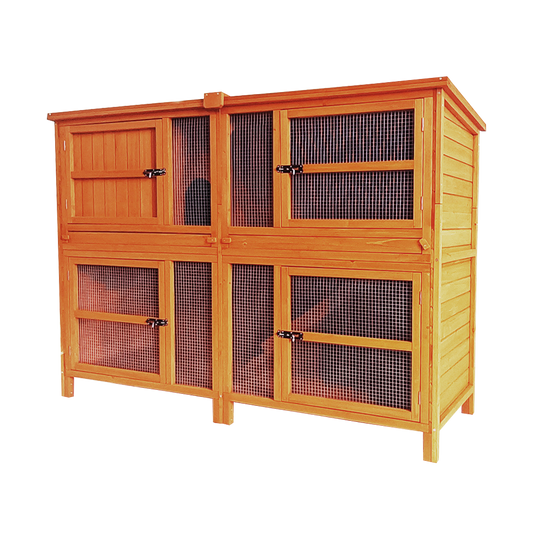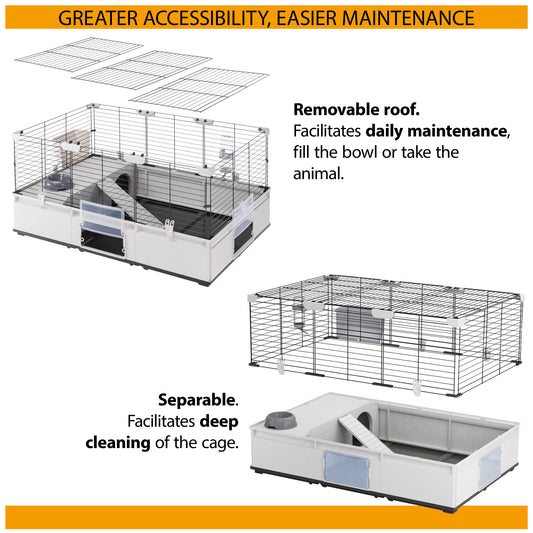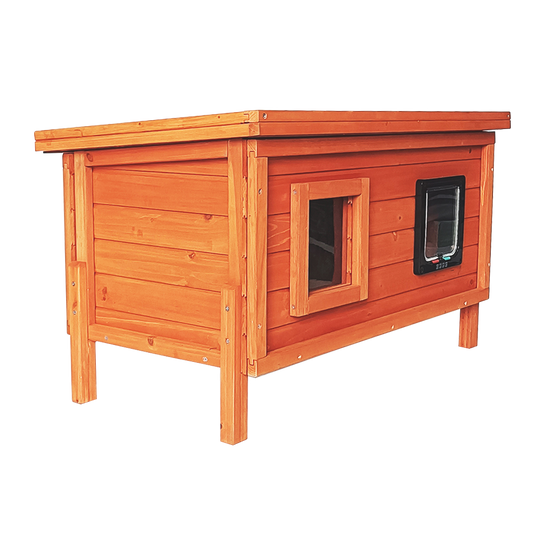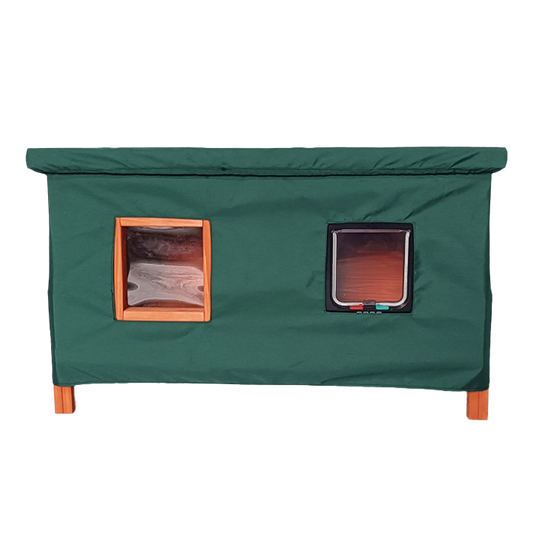Top tricks for dogs
It’s the start of a new academic year and a good time for your pet to go back to school too! Trick training is good fun and as well as giving your pet an excellent mental workout it can help to strengthen the bond between you. Despite the popular saying, you can teach an old dog new tricks so here are some things you might like to try.
Shaking hands
Giving a paw is a lovely way for your dog to greet visitors and while impressive, it’s a relatively easy trick to teach. A dog will naturally paw at you if they want something so it’s just a case of harnessing this instinctive behaviour so that your dog will give their paw on command.
- With your dog sitting in front of you, hold a tasty treat in your closed fist in front of them.
- Allow your dog to sniff your closed hand but do not give them the treat.
- Your dog should then paw your fist in an attempt to get the treat and as soon as their paw makes contact with your fist you should give them the treat.
- Repeat this process until your dog is confidently giving their paw. You can then add a command word such as ‘paw’ or ‘shake’.
- You can then offer your empty hand while giving the command word and your dog will still offer their paw. You should then give them a treat with your other hand.
- Once your dog is confidently giving their paw you can gradually phase out the treats so they don’t receive one every time.
Spin
The spin is a common move in canine freestyle and an impressive party trick to teach your dog. Once you get the basic technique you can use it to teach your dog to spin in the other direction and even in a figure-of-eight.
- Holding a treat between your fingers, lure your dog into a standing position and while keeping the treat close to their nose move it around the back of them in a circle so they follow.
- When they have completed the spin, give them the treat.
- Repeat this action remembering to always go in the same direction so your dog doesn’t become confused. You can teach your dog to spin in the opposite direction later but this will be viewed by your pet as being a different command.
- Keep the treat low while you circle so your dog is not tempted to jump up at it.
- Once your dog is confident with the lure, switch your treat to the other hand and continue luring with your empty hand. Your dog should spin as before and you can give them the treat from your other hand after. The empty hand has now become a hand signal.
- Over time, you can refine your hand signal to become a pointed finger and you will not need to hold it as close to your dog. Continue giving a treat from your other hand after every spin.
- You can then add a command word, such as ‘spin’, and start saying this directly before giving the hand signal.
- Eventually, your dog should respond just to the verbal command and you won’t need to give a treat every time.
Standing tall
If your dog has mastered the shaking hands and the spin, you might like to try something a bit more advanced and teach your dog to stand on their hind legs. It takes a bit more work but it’s something that most dogs and owners should be able to manage with some perseverance. However, if your dog is a senior and getting a little stiff this is probably one to miss out.
- With your dog sitting in front of you, hold a treat just above their head so that they need to lift up their front paws to reach it.
- Gradually, over time, hold the treat higher above your dog’s head so that they have to stretch further up to reach it.
- Once your dog is steady on their hind legs you can slowly increase the amount of time they stand before you relinquish the treat.
- The next step is to use an empty hand but still give a treat by passing it to your lure hand after your dog has touched it.
- You can gradually refine your hand signal so that you do not need to hold it as close to your dog’s nose and you can add a command word, such as ‘tall’, if you want to. The command word should be said directly before you give the hand signal.
- Eventually, you can phase out the hand signal if you wish and you don’t need to treat your dog every time.
Have fun with training and keep sessions short so that your dog doesn’t get bored and you don’t get frustrated. Once you’ve mastered these you can combine the moves into a routine or look for more advanced moves to learn!
If you found this article interesting, why not check out:









